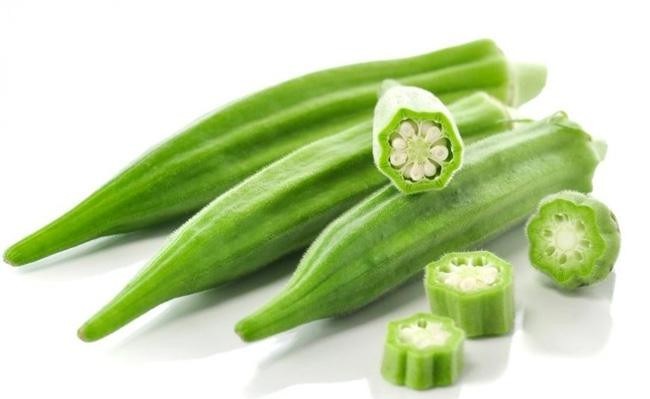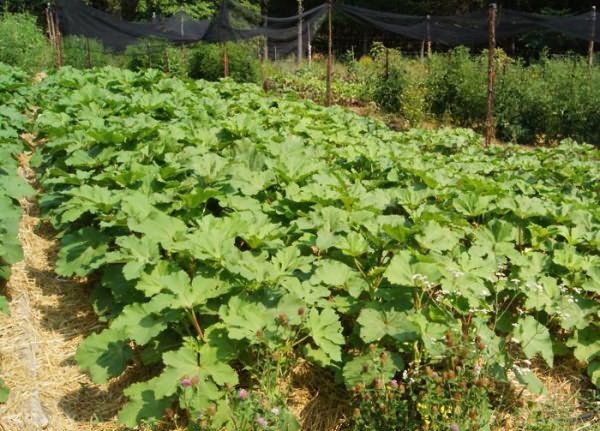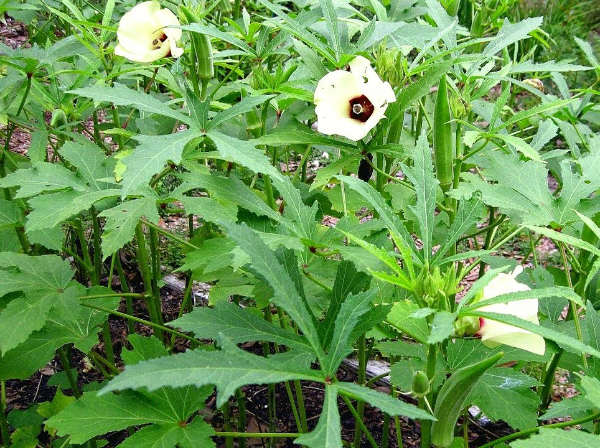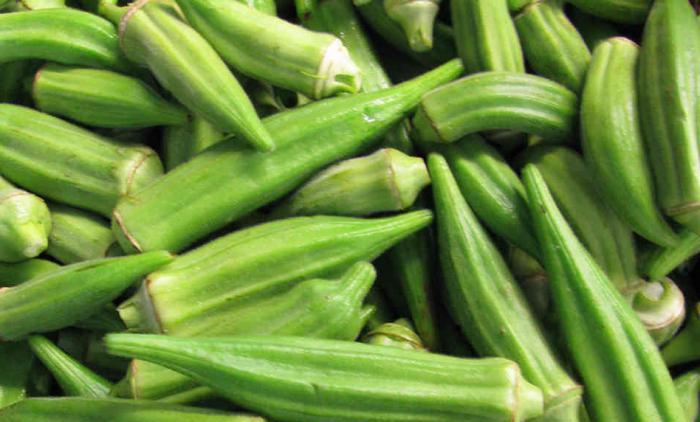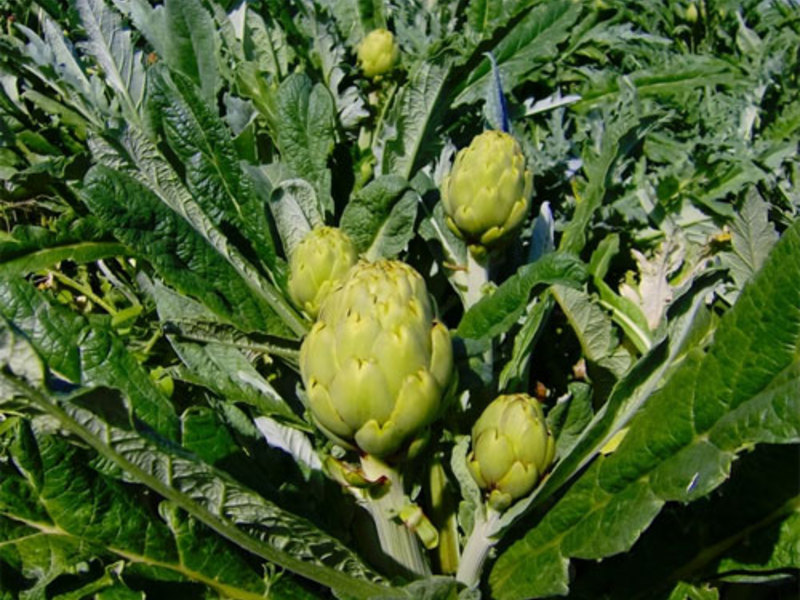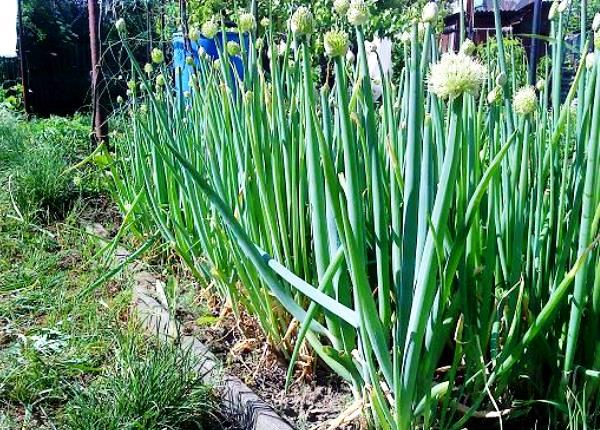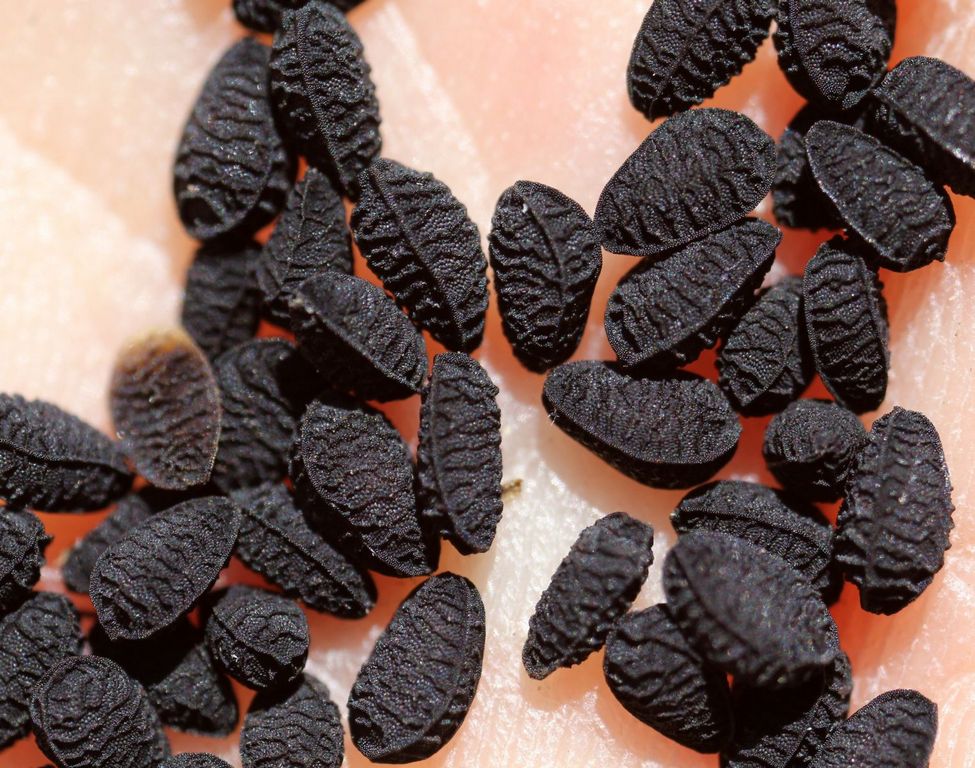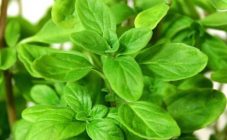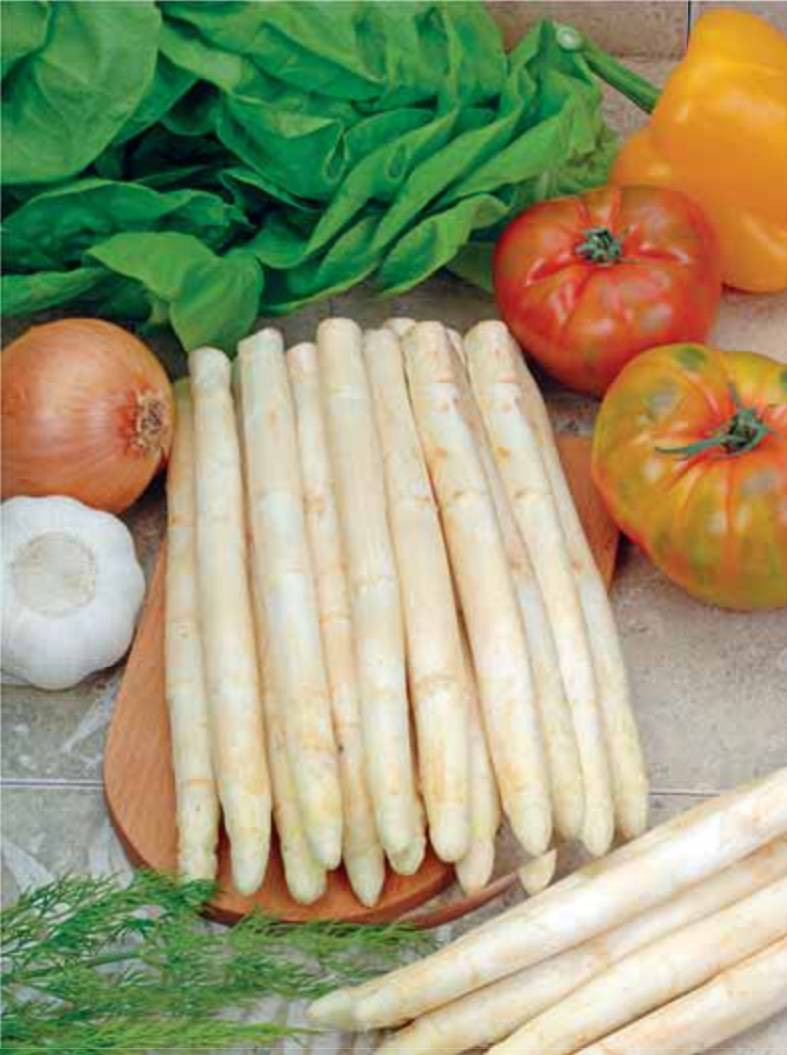Content:
Okra was born in Africa. The first memories of her date back to the XI century. The Egyptians discovered this plant, they used this relative of mallow for the manufacture of fabrics and glue. Okra has many names. She can be called Okra, Gombo or Okra ladies fingers. There are several varieties of this exotic plant: Bombay okra, Juno okra, etc.
So what is okra and how is it grown? A high yield of this vegetable crop can only be obtained by planting it in well-fertilized soil. Therefore, it is good to plant okra in the place on the site where the cucumber previously grew, because he also loves mineral and organic fertilizers. You need to plant in a place well-lit by the sun. Planting in clay or cold soil will cause the okra to die. It is best to plant in a place protected from the winds. Since okra loves warmth, it is planted in the southern regions of Russia. It is recommended to plant the plant in the soil in the last decade of April, when the frosts are already over, but it is still covered with agrofibre. The lowest temperature that Ladies' fingers can withstand is -2. But in the northern regions of Russia, you can also grow this crop. To do this, you need to remember a few basic rules for her care.
In the northern part of Russia, in cities such as Siberia or the Urals, where the temperature is low for most of the year, it is recommended to plant okra in open ground, like eggplant, only after growing seedlings. In the 19th century, A.P. Chekhov was engaged in the cultivation of okra in the Moscow region. Okra grows like a liana.
Varieties
Okra is distinguished by varieties:
- The cow horn is a high-yielding variety that reaches a height of about 2.5 m. The fruits of this variety are about 20 cm in size. The smell of the fruits is very pronounced. The powerful liana grows up to 2.5 m long. The pods are long (up to 25 cm), crispy and very fragrant;
- Blondie - more than all varieties resistant to low temperatures below zero. Stunted. The fruits reach 10 cm in length;
- Alabakha Reed - has red fruits. It reaches a height of 2 m. Was bred more for decorative planting than for fruiting;
- Jim Morris is a medium-sized variety. The fruits reach 25 cm in length. Fruit color is yellow-green;
- Climson Spiles is a recently bred variety. Differs in the absence of a cannon on the stem. The fruits are dark green in color, measuring about 15 cm. The height of the plant itself reaches 1.5 m;
- Star of David - got its name from the shape of the fruit. The plant reaches 2 m in height. A feature of this variety is the purple color of the leaves.
Agrotechnics
Okra growing from seed
If you are interested in the agricultural culture of okra, or ladies' fingers, you should adhere to several growing conditions. The first rule to remember is that okra dies at low temperatures. This is a very thermophilic plant, so okra seeds should be sown first in peat cups. This process should begin in mid-April. Before planting seeds, the land must be thoroughly fertilized with mineral fertilizers. It is worth deepening the okra seeds by no more than 4 cm.When watering, you need to look so that a crust does not form on the ground. An excess of moisture is also fraught with the death of the plant. The seedlings should be at home, they can be placed on the balcony.
After the first shoots appear, the plant must be fed. For the first feeding, phosphorus fertilizer is used. Throughout the development of okra sprouts, they must be fed.
Okra planting and care
Planting okra in open ground and caring for it requires the fulfillment of the necessary conditions. Protection against pests, to which okra is very susceptible, also requires the correct action. Therefore, when planting, the plants should be treated with a solution of copper sulfate. During the flowering period, the plant cannot be processed, but it should be watered once every 10 days. In very hot weather, it is possible once a week. A support must be installed near the plant so that its branches do not lie on the ground, and, accordingly, the fruits do not rot. If for some reason the growth of okra has slowed down, it should be fed with mineral fertilizer.
Planting seedlings in open ground
Planting okra in open ground and caring for the plant requires certain sequential actions. It is possible to plant seedling okra in the first decade of June, since at this time the soil is already sufficiently warmed up. It can be planted in peat cups so as not to damage the long root. Peat cups will disintegrate over time and become humus. Do not plant densely, there should be at least 30 cm between the seedlings, and 50 cm between the rows.
Okra does not tolerate waterlogging or drying out. To do this, after planting, you can mulch the soil with humus. This will allow you to water the plant less often, and the mulch will be able to retain the moisture received for a long time, which will not allow the soil to dry out. Throughout the growing season, the land in which the okra is planted needs to be cultivated. This condition will allow the plant to develop at the right pace and bring a good harvest.
Okra is short and tall. Undersized - reaches a height of no more than 45 cm. Tall - about 1.7 m. In order for okra to grow as a bush, it should be pinched at a distance of 40 cm from the ground. Next, you need to install a support near the plant.
Ladies' fingers grow slowly only when sowing seeds, but if the seeds have already grown, then the first fruits can be seen in 2.5 months. When flowering, the plant must be fertilized with potassium nitrate. You also need to ensure that pests do not spoil the okra. Like any other agricultural crop, okra is also subject to their influence. Therefore, before the okra begins to bloom, it must be treated with insecticides.
There are several ways to save seedlings:
- Soapy solution. For this, a piece of laundry soap, weighing 150 grams, is dissolved in a bucket of water. This solution must be watered the plant once every 3 days (provided that the main watering is not done), until the bear dies. Instead of a bar of laundry soap, you can use liquid potash. You can buy it at the pharmacy;
- Placement of traps. Traps are placed between the plants and salt is poured around the planks. Slugs, eating it, fall into a trap. Then they are collected and fed to the bird;
- Superphosphate. Medvedka, when superphosphate hits the body, begins to secrete a large amount of mucus, so that the fertilizer stops baking. After the first hit of the bear in superphosphate, the pest can survive. But the second hit guarantees death.
Harvesting and application of fruits
Active flowering begins 2.5 months after the seedlings have been planted. Okra blooms with large and beautiful flowers.A week after the appearance of the first color, you can begin to harvest the fruits. The fruits of okra do not quite resemble the ladies' fingers, by which they are affectionately called, rather they look like pods of hot pepper, only of a larger size. Inside there are seeds that can later be planted and grown from them to the next batch of plants. Collect these pods slightly unripe, because if you skip harvesting, the fruits will become fibrous, dry and tough. Many people harvest every day, as okra ripens quickly enough.
Fruits can be frozen, pickled, dried, and can be used fresh for preparing a variety of dishes such as soups, stews, roasts, salads, etc. Recipes can be viewed on the Internet. Since the fruits of Ladies' fingers are low in calories and light for the gastrointestinal tract, they can be used by people suffering from diabetes, gastric disorders, metabolic disorders. May be eaten by pregnant women. In case of diseases of the lungs and bronchi, infusions and decoctions are cooked from the fruits. Separately roasted beans can be used in place of coffee. Eating the pods in any form has a beneficial effect on the condition of the skin, nails and hair. Some cosmetologists recommend making masks for skin and hair from okra.
How okra grows, how to grow this crop, how to care for it, you can find out in this article. The cultivation of okra, or ladies' fingers, has its own specifics. But there is nothing complicated about it. The harvest, if all the actions for planting and caring for the agricultural crop have been performed, in accordance with the description, will delight agricultural technology for a long time.
